By Lia Aurami* for Enlivening Edge Magazine
 Gather round, dear readers, and hear again the ancient story of how we, mere rivulets, can flow together into ever-larger tributaries becoming a new mainstream of society—the new ordinary, accepted ways to live, work, and relate. Listen for surprises and the longings of your own heart.
Gather round, dear readers, and hear again the ancient story of how we, mere rivulets, can flow together into ever-larger tributaries becoming a new mainstream of society—the new ordinary, accepted ways to live, work, and relate. Listen for surprises and the longings of your own heart.
We begin this story as people arrive at a Community Conversation hosted by Enlivening Edge. “I’m lonely,” some share. “I feel like an outsider,” others say. “The way I want to live, work, and relate is so different from almost everyone I know. People around me aren’t interested. They criticize me. I feel rejected.” Still others say, “I’m trying to make changes in my organization, and not getting much support or encouragement.” “I have no one I can talk with about these things.”
The Conversation hosts and regular participants smile because they know that by the end, the new people will be saying things like, “I feel at home here! I feel safe and belonging!” “Oh my gosh, I am not alone! I feel so inspired to find all these like-minded, like-hearted people!” “How is it that we weave so much love into the space?”
Over and over, people form heart-connections that inspire contacting each other, learning about and from one another’s work, and begining collaborations.
Why does catalyzing those connections call us, Partners and Collaborators of Enlivening Edge, to pour our hearts and souls, volunteering our time and energy? The call is from Enlivening Edge’s Evolutionary Purpose:
Boosting the emergent collective intelligence, consciousness, and impact of the ecosystem of next-stage organizations and initiatives, until they become the new mainstream of organizing work (within the limitations and resources available to Enlivening Edge.)
We know the ancient story of how an edge becomes a new mainstream. Thanks to profound students of social change like George Pór, founder of Enlivening Edge, and Meg Wheatley, we know that
the commonly-occurring phases in creating a new mainstream are phases of relationship.
We know that when people who are co-creating radically new ways of living, working, and relating—mostly on their own—discover each other, and connect, then there is a natural progression of relating.
That progression can be called “boosting the emergent collective intelligence….” or it can be called the progression of relating. (Or it can be called increasing neuronal connectivity in the global brain.) It’s the same human story, told from different viewpoints.
We know that pretty soon (or later), the progression results in the edge of these new ways to live, relate, and work tipping into the flowing mainstream of culture. EE’s desire is to first catalyze discovery, the smallest rivulet of relating that (e)merges into others until there’s a new mainstream.
Perhaps your curiosity is piqued. How does this progression of relating result in a new mainstream? Perhaps you feel inspired to help us facilitate this natural progression, because you too are co-creating the next stage of consciousness in organizations, merging with other drops toward “the more beautiful world our hearts know is possible.”
Well, lean in a little closer. Hear the natural phases in this sequence, this evolutionary flow. You probably recognize them in your own impulses, or current experiences, or longings.
As the relationships among people expressing new ways of living, working, and relating increase in scale (numbers of people) and in complexity of inter-relating, the people have increasing power and influence in shifting a society.
Radically new social systems thus develop evolutionarily, emergently, rather than violently or abruptly. People grow the necessary capabilities and structures, such as emergent collective intelligence, that grow into a System of Influence that simply makes the old obsolete.
Where are you in the progression of these phases of relating, sketched below? Which of these phases do you recognize as next for you? Which ones are your heart’s longings?
Another question central to our story is: What phases is EE best enabling as we express our Evolutionary Purpose? Which phases require others like you to do on their own or in synergistic relationships with us? We’ll discover that as we go along here.
Discovery → Learning about →
Connecting → Communicating, Learning from →
Coordinating → Collaborating → Cooperating, Networks →
Co-creating → Synergizing, Communities of Practice →
Ecosystems → Systems of Influence, Social Movement →
New Mainstream “The Way It Is, The Way We Do It” in every aspect of society
The phases happen naturally. Each is a necessary catalyst for the next, yet they can overlap and mix, non-linearly. (So the order isn’t fixed.)
Tributaries in the Flow of Social Evolution
Discovery → Learning about → Connecting → Communicating, Learning from →
When people and projects become visible to each other and aware of each other’s work and visions, they start to learn about each other. Soon they want to connect and communicate far more actively so they can learn from each other.
These five phases are the snowball at the top of the hill, that EE is focused on, because they boost emergent collective intelligence toward the tipping point into the mainstream.
Coordinating → Collaborating → Cooperating → Co-creating → Synergizing →
 Coordinating Coordinating |
Surely you’ve experienced: “I’m learning about and from you. Now how can each of us do what we do, taking into account the other?” That’s coordinating. |
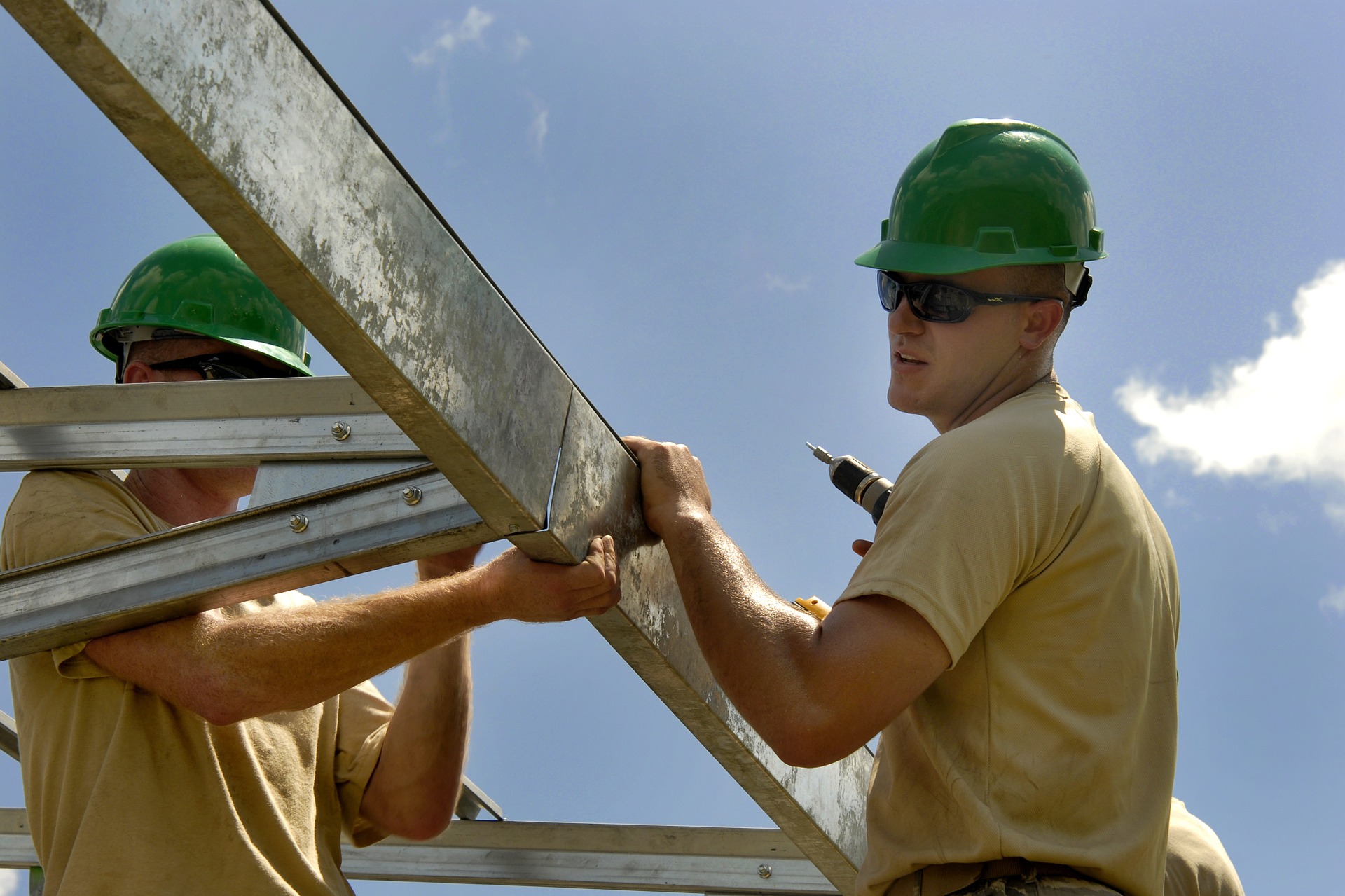 Cooperating Cooperating |
Then we naturally want to help each other; that’s cooperating or collaborating. |
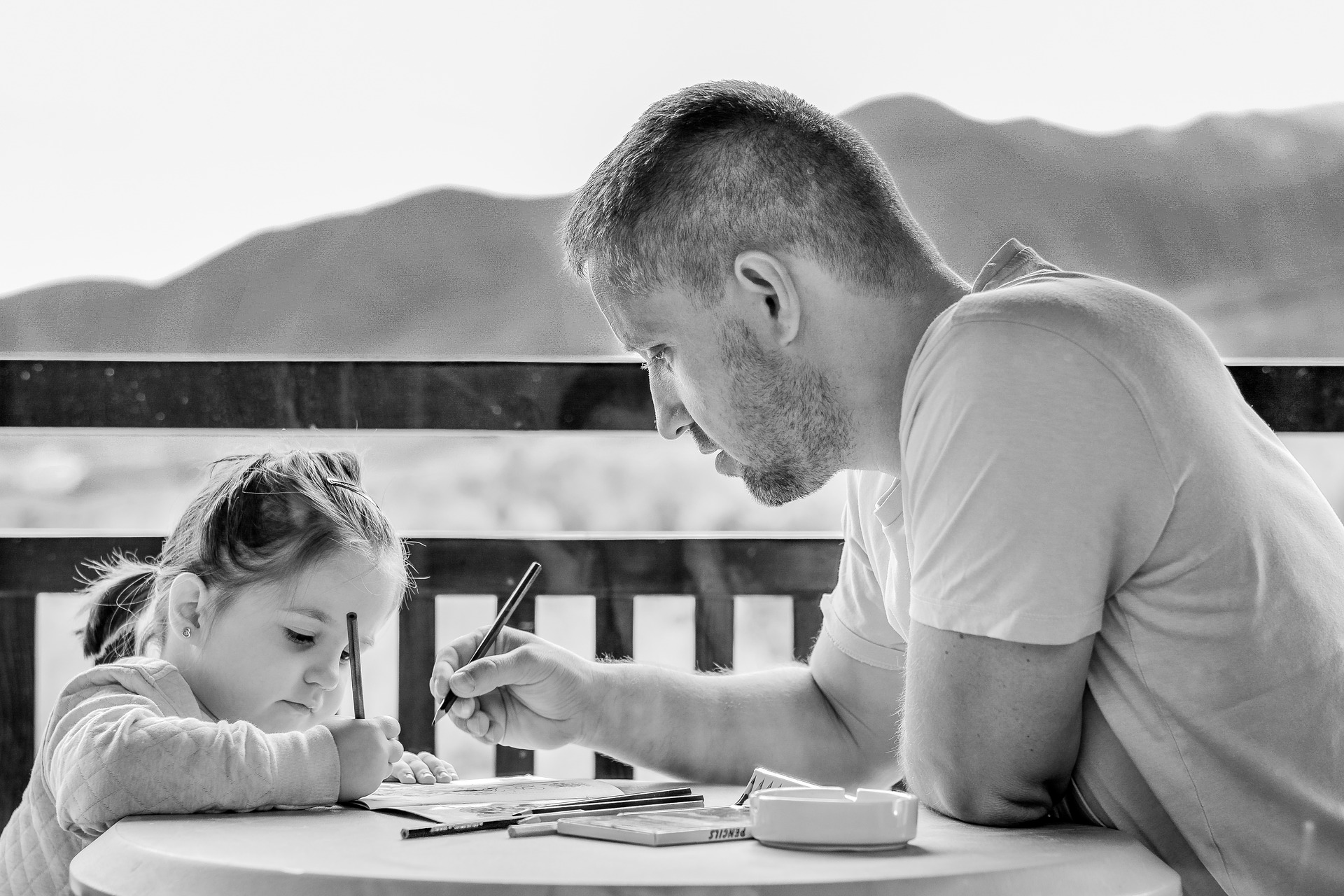 Co-creating Co-creating |
Then we realize it might be beneficial to depend on what each other does, to move toward the greater complexity of relating called co-creating. |
 Synergizing Synergizing |
Have you experienced that collaborations and co-creative relationships sometimes jump to another level of complex relating that moves everyone closer to shared visions? If so, you feel drawn toward synergizing: the success of what each is doing significantly depends on and contributes to the success of the other. |
Networks →
How does the story unfold next? What have you felt naturally drawn toward after you’ve progressed from feeling lonely, like the only one with your values and visions, through to synergistic relationships? “Hey, what could we do together even better, toward our shared goals and visions, through networks, collaborative groups, or alliances?”
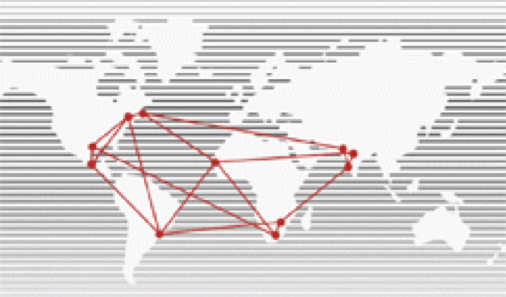 That’s the first stage of Wheatley’s life-cycle of emergence toward generating a new mainstream. The people involved become more aware of their collective potential for transforming larger aspects of society. We’re closer to the tipping point now!
That’s the first stage of Wheatley’s life-cycle of emergence toward generating a new mainstream. The people involved become more aware of their collective potential for transforming larger aspects of society. We’re closer to the tipping point now!
Communities of Practice →
“I’m learning from others who teach, and also I’d like to be in a regular, peer-to-peer learning group, people who share my language and understanding and passion, people committed to being better at our shared arena of expertise.” Wheatley’s second stage of emergence is the development of communities of practice.
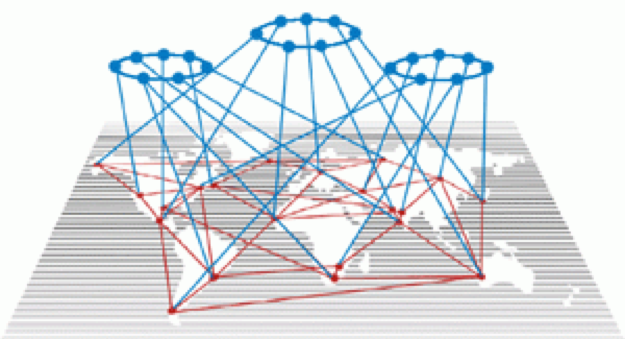 We long for such communities because we deeply sense how they move us toward the tipping point. They exponentially increase the speed of people learning and growing, of new ideas spreading, and of new knowledge and practices being implemented.
We long for such communities because we deeply sense how they move us toward the tipping point. They exponentially increase the speed of people learning and growing, of new ideas spreading, and of new knowledge and practices being implemented.
Ecosystems →
Now more people are living and expressing radically new ways of being, doing, and relating. As relationships grow more complex, more synergistic, more interdependent, we naturally form “a social ecosystem,” whether we realize we’re in one, or not.
 All the relationship phases, but most especially social ecosystems, can generate many synergies from their increased collective intelligence, combined empowerment, and increased efficient use of resources. Goals that earlier seemed unimaginably complex and hopelessly ambitious or utopian, we now entertain as possible.
All the relationship phases, but most especially social ecosystems, can generate many synergies from their increased collective intelligence, combined empowerment, and increased efficient use of resources. Goals that earlier seemed unimaginably complex and hopelessly ambitious or utopian, we now entertain as possible.
Self-awareness of collective power and potential as a social ecosystem is a rocket-boost for our effectiveness in becoming “systems of influence” on increasingly wider scales.
Systems of Influence, Social Movement →
New Mainstream “The Way It Is, The Way We Do It” in every aspect of society
Most of us have yet to experience this phase. Wheatley’s third stage in emergence “… is the sudden appearance of a system that has real power and influence. Systems of influence are the final phase, where the edge tips into the main stream. 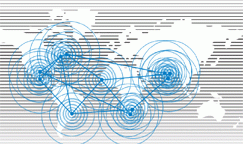 Pioneers hovering at the edge of many social systems are now leaders of the ‘way things are done.’” The practices developed by courageous communities become the accepted ways of living, relating, and working. People no longer hesitate about adopting (and easily learn) the new ways.
Pioneers hovering at the edge of many social systems are now leaders of the ‘way things are done.’” The practices developed by courageous communities become the accepted ways of living, relating, and working. People no longer hesitate about adopting (and easily learn) the new ways.
Enlivening Our Edge
If that is the ancient story, where are we all now in the current telling? Where is Enlivening Edge? What does Enlivening Edge see as our next collective steps together, dear readers? What is ours to faciliate and not ours to focus on?
EE is here ultimately because we hold a macro view and purpose of social change, of shifting entire societies or the world. That view includes knowing the story of the natural progression of people interacting in greater numbers and complexity of inter-relationships.
In our four main offerings to people, EE offers spaces and opportunities for catalyzing connections among people who are co-creating new ways of working together. So we are facilitating these phases:
Discovery → Learning about → Connecting → Communicating, Learning from →
That’s why we have articles about people around the world you can discover, then connect with and communicate and……. Our Facebook community enables many kinds of discovery, learning about and from, connecting, and communicating. In our Community Conversations, communication and learning about others is even more intimate, more complex.
And we joyfully acknowledge other groups and organizations who support and enable those phases of social evolution.
What’s next, for example, for those people who deeply connect with others in the Community Conversations, or, for example, get inspired enough by an article in EE Magazine to contact a new self-managed organization in Africa?
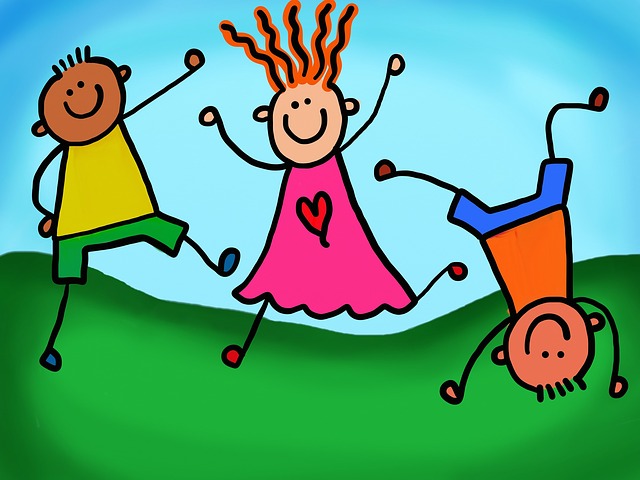 We see people experiencing their natural impulse to form deeper and more complex relationships than what Enlivening Edge can host. We know that many such relationships will form in spontaneous, self-organized ways. We inspire and encourage people to begin.
We see people experiencing their natural impulse to form deeper and more complex relationships than what Enlivening Edge can host. We know that many such relationships will form in spontaneous, self-organized ways. We inspire and encourage people to begin.
However, Enlivening Edge is not presently positioned to address the need in all the ways we can envision or in all the ways that would express our Evolutionary Purpose.
To serve the need, Enlivening Edge is looking for strategic partners in a new universe of joint ventures, partners who provide such opportunities as communities of practice, networks, and collaborations. We’d like to be able to say to the people who discover each other through our offerings: “Here’s where you can go to engage in these further kinds of relationships that are working to change society.”
Now that we all know how the drops on the edge become the mainstream, the ancient story has a new telling! And we all can be storytellers of this adventure! You are part of that telling.
Where are you flowing? What phases are you best suited to facilitate people into and through? How would you like to synergize with us? Please contact us.
*With a lot of help from my friends. This Editorial is truly a co-creation.
Some of the text above is drawn from this article by Anna Betz with extensive quotes from Meg Wheatley. Wheatley’s framework was also explored in this article on communities of practice.
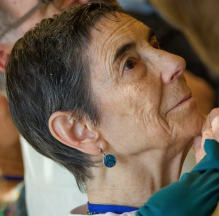
Lia Aurami: Within Enlivening Edge, I energize a variety of roles to express my sacred life mission: to amplify our human capacity for living, working, and relating within shared higher consciousness. That optimizes the chances of success of transformative changes, by operationalizing collective and spiritual intelligence to help organizations be efficient and effective. I delight in creating and amplifying ripples of all that!





An inspiring piece that demonstrates what “transcend and include” look like. It made me think, reflecting on it by reading, me that tipping points(s) may be closer than I think. I like the phrase “Pioneers hovering at the edge of many social systems. . . ” That feels like one of the ways I feel, and I’m sure many others here 🙂
Alia, thank you very much for this. It hits at the heart of where I have come from and am heading. I can’t wait to discover the language that allows me to express my vision for the Radical Movement.
We need a social movement focused on work, not an organizational movement. In general, we are too focused on the mechanics, the structures, and practices of work and are forgetting the innate human desires for meaning and belonging. It’s our job to awaken those desires. Once we do, we will see people at all levels demanding organizational change. Only then, will the learned lessons be valuable to those who have embraced change – a Radical change.